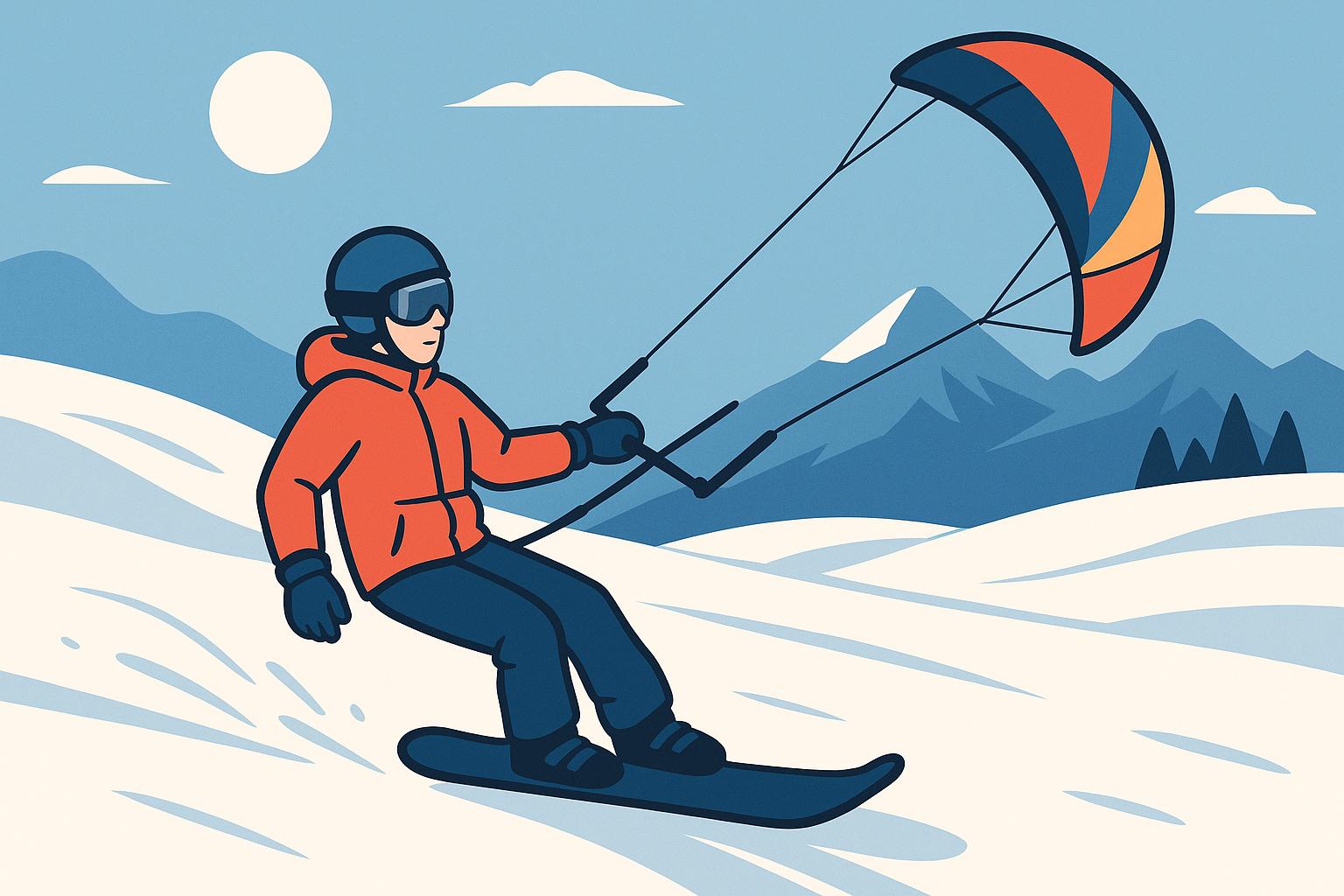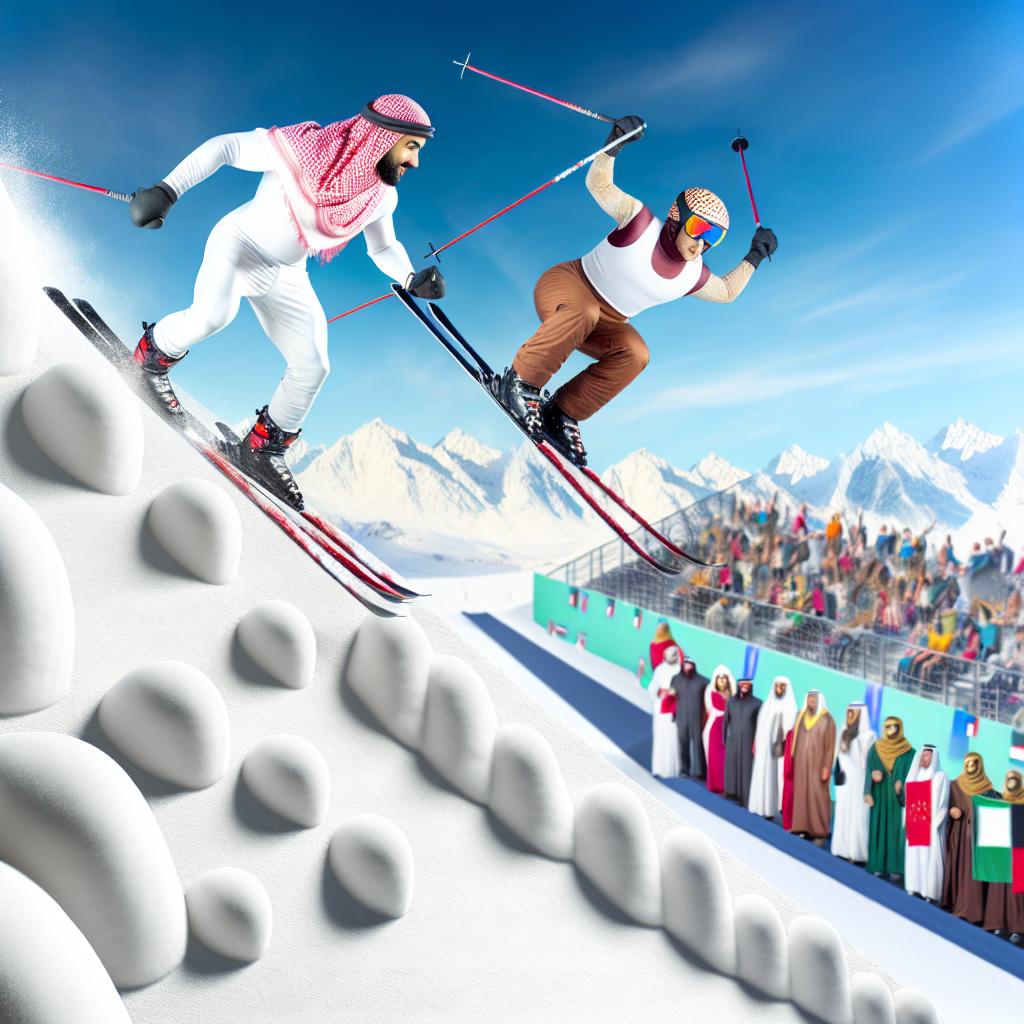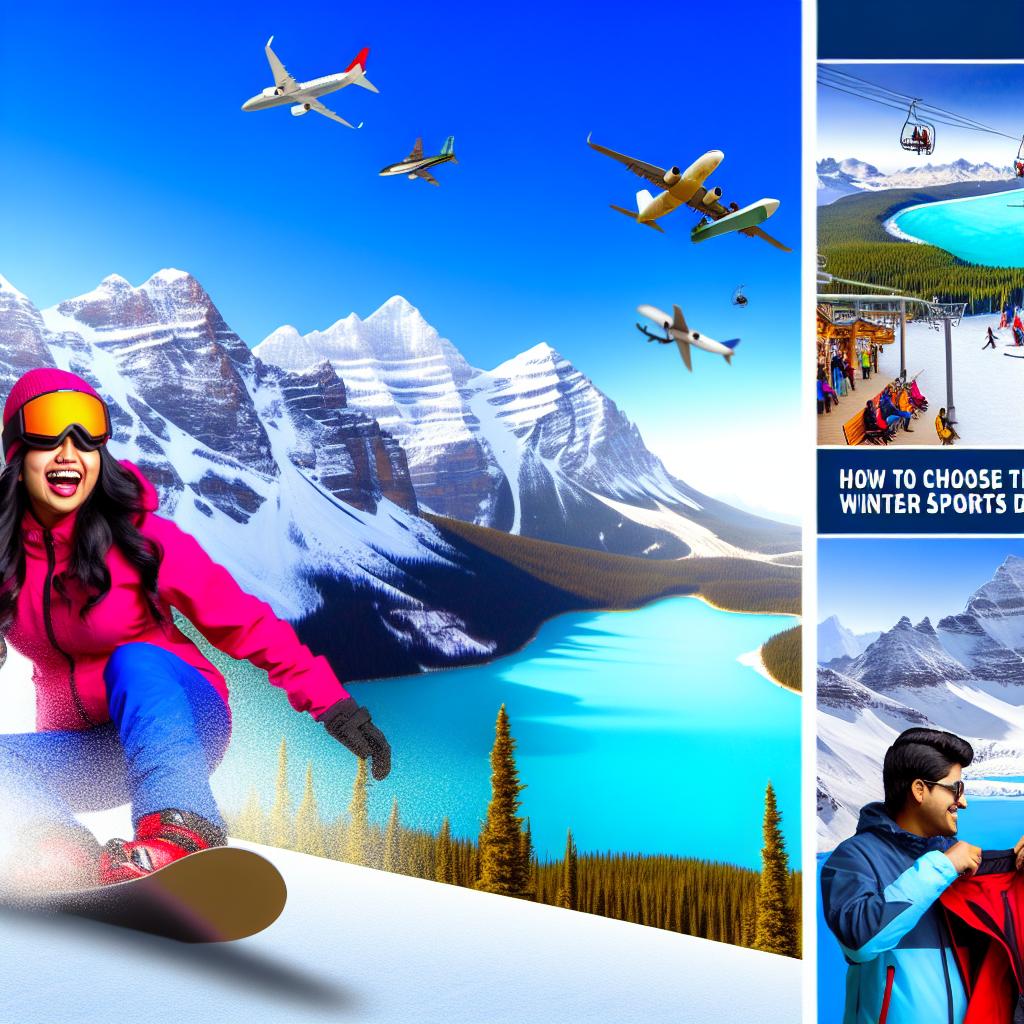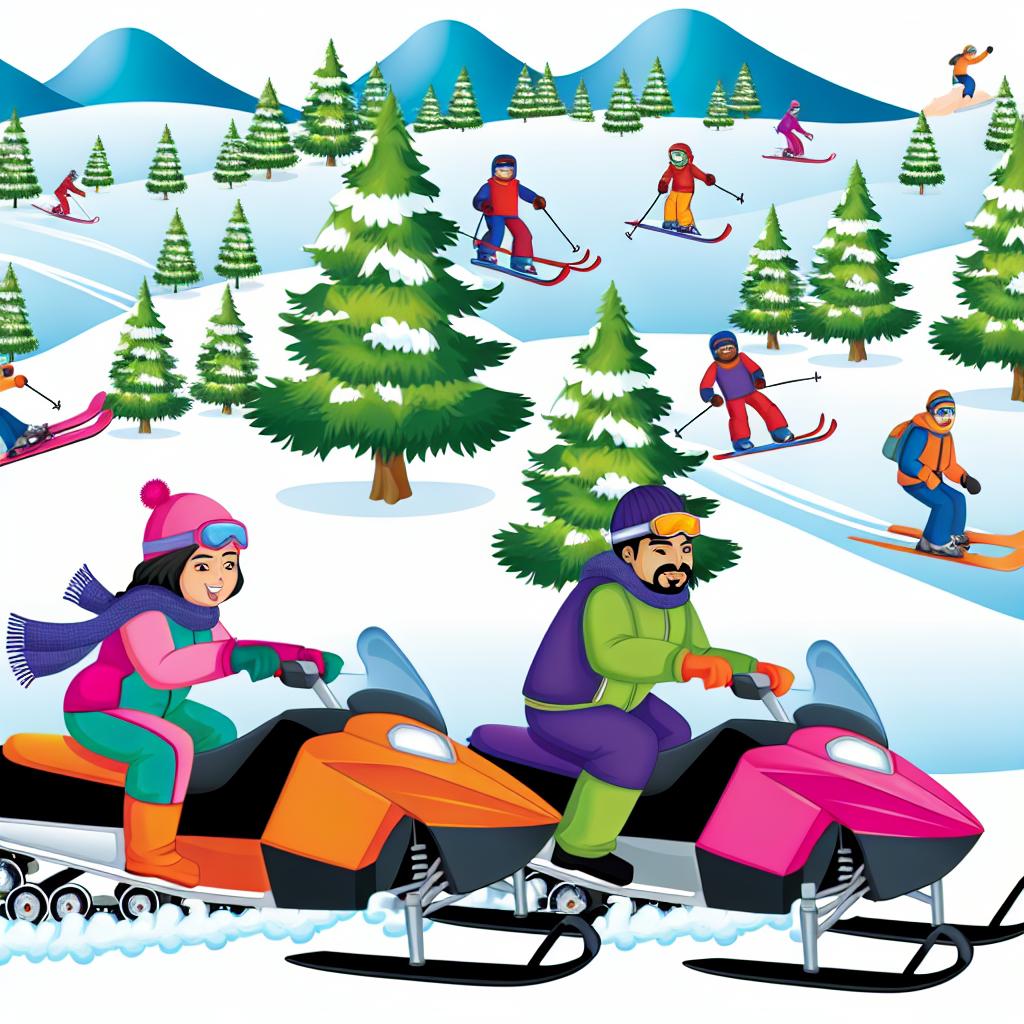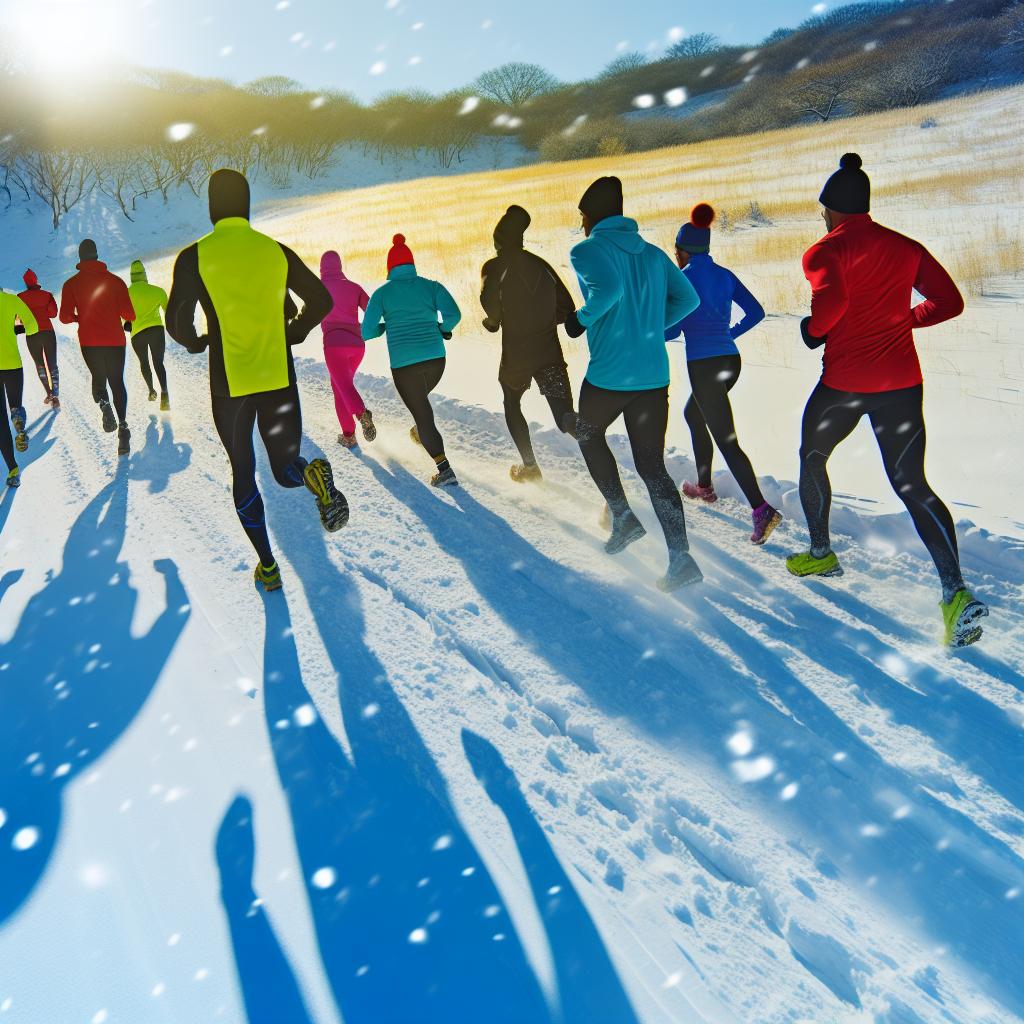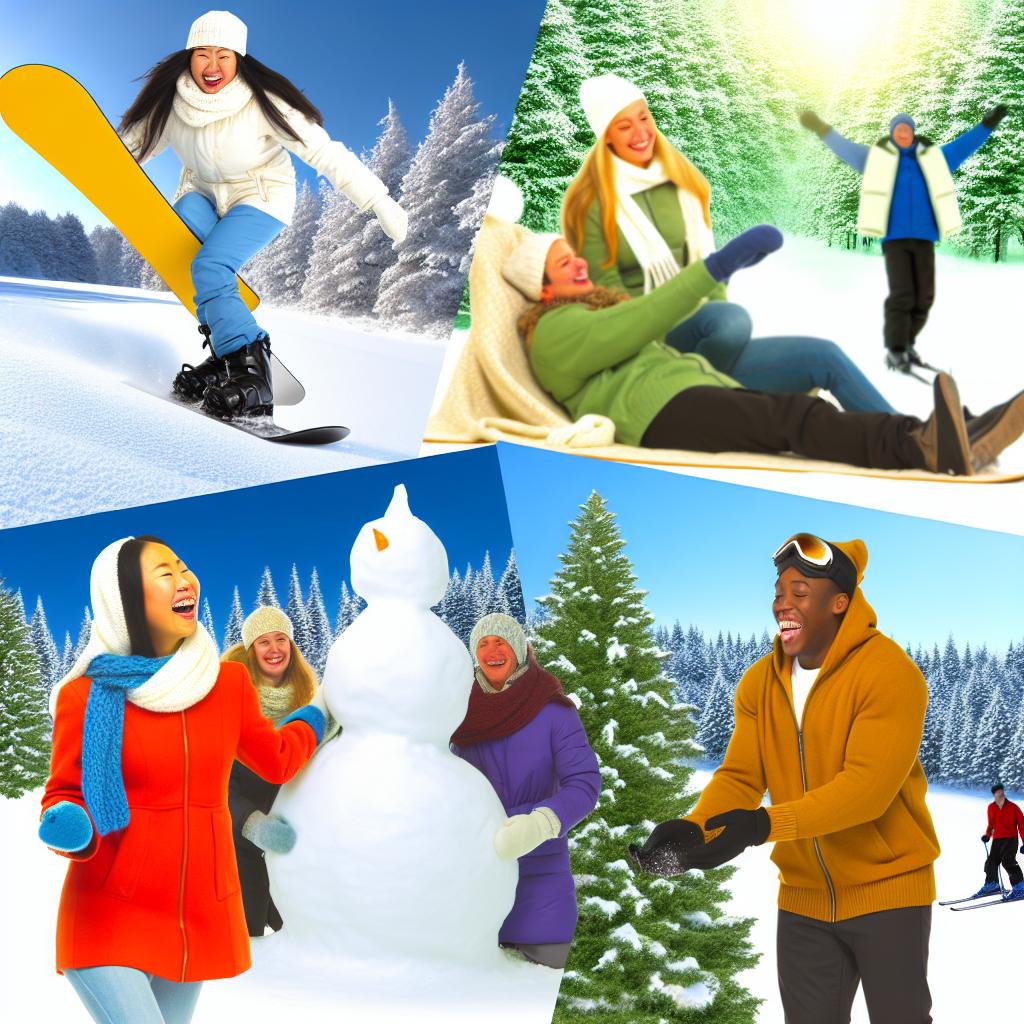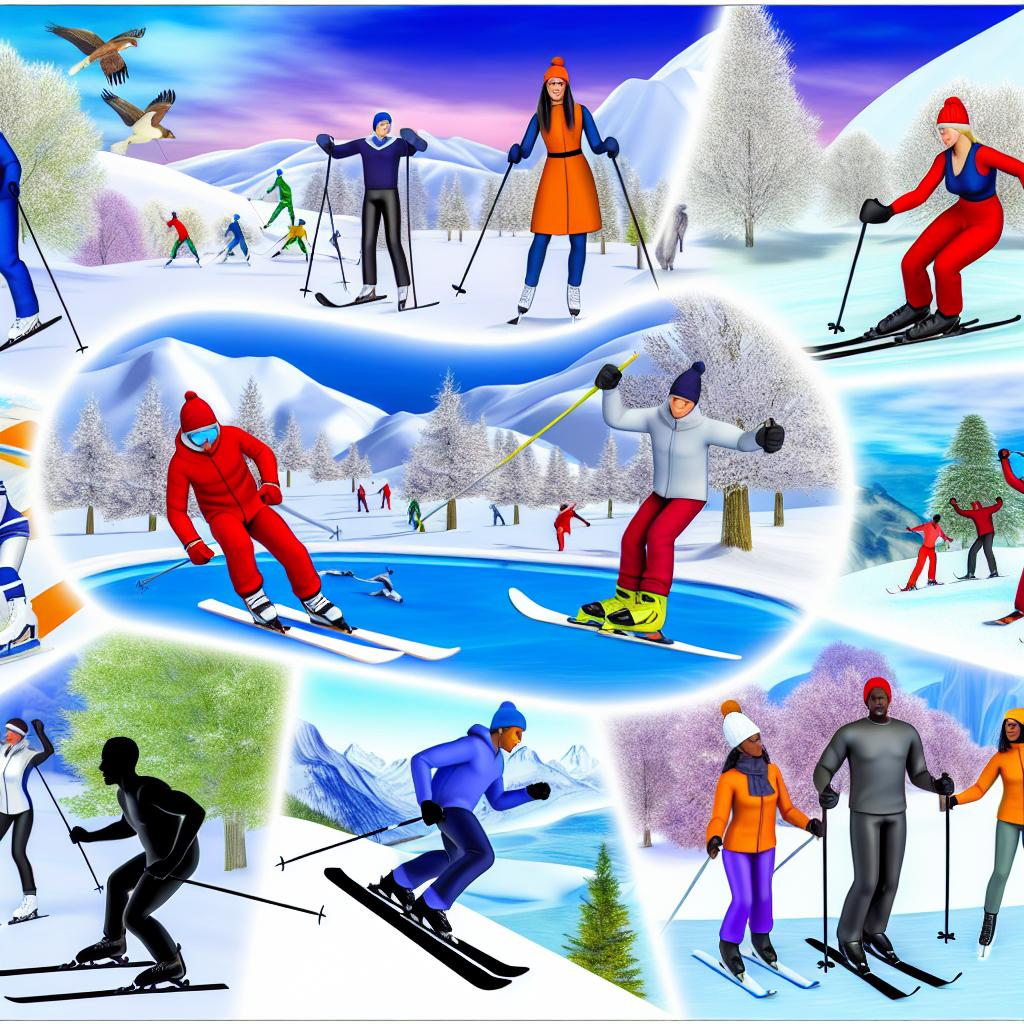Introduction to Snow Kiting
Snow kiting is an exhilarating winter sport that combines elements of snowboarding or skiing with the power of a kite. Enthusiasts are often drawn to snow kiting for its unique combination of skills and the freedom it offers to traverse snowy landscapes. Unlike traditional downhill skiing or snowboarding, snow kiting enables riders to move uphill, downhill, and across flat terrains using the force of the wind. This versatility and the sense of independence it grants cultivates a distinct attraction among those seeking a dynamic winter sport. The accessibility and growing popularity of this activity have led it to become a staple for adventurous individuals who relish exploring expansive winter terrains.
Understanding the Basics
At its core, snow kiting involves using a kite to harness wind power, which propels the rider across snow and ice. This enthralling activity can be performed on flat plains or mountainous terrains. Equipped with the right gear and knowledge, snow kiters can glide effortlessly across snowy landscapes. The ideal conditions for snow kiting include consistent wind, open spaces, and sufficiently packed snow. Practitioners of snow kiting must develop an understanding of wind dynamics and how various kites respond to wind speeds and directions. Moreover, experience and mastery of this sport depend significantly on the kiter’s ability to synchronize movements with the kite’s traction force.
Essential Equipment
To engage effectively and safely in snow kiting, specific gear and equipment are crucial:
Kite: The kite is the primary tool for generating propulsion. Kites come in various sizes, and choosing the right size depends on wind conditions, the rider’s weight, and skill level. Beginners often start with smaller kites, which are more manageable and forgiving compared to larger ones that generate substantial force and require advanced skills to maneuver.
Harness: A harness, typically a waist or seat harness, helps the rider control the kite more effectively by providing a secure link between the kite and the rider’s body. This connection allows for efficient transfer of power from the kite to the rider, enhancing ease of control and movement.
Skis or Snowboard: Depending on preference, riders use either skis or a snowboard to glide over snow. The choice between the two often depends on the rider’s previous experience and comfort level with the respective sport. Skis offer more stability and are often preferred by those new to snow kiting, while experienced snowboarders may opt for snowboards to perform advanced tricks and maneuvers.
Beyond these three essential items, additional equipment such as helmets, gloves, and protective eyewear help ensure safety and comfort while snow kiting.
Safety Considerations
Safety is paramount in snow kiting. Riders should be equipped with a helmet and protective gear to minimize potential injuries. It’s essential to understand weather conditions and master basic flying and landing techniques before venturing out. Beginners are encouraged to take lessons from certified instructors to learn proper handling and safety measures. Furthermore, being aware of the local environment, including prevalent weather conditions and possible hazards like avalanches, is critical for preventing accidents. Snow kiters should develop the ability to read changing weather patterns and adjust their activities accordingly.
Kiting Techniques
Mastering snow kiting involves learning how to control the kite’s power and navigate the snow effectively. Several key techniques are fundamental for those looking to excel in this sport:
Launching and Landing: Proper launching and landing of the kite are fundamental skills. The rider must learn these techniques to maintain control and ensure safety. Launching involves positioning the kite to catch the wind effectively, while landing requires precision to prevent any damage to the kite or injury to the kiter.
Body Positioning: Maintaining the correct body posture can significantly enhance stability and control. A slightly crouched position helps absorb shocks and maintain balance. In addition, the positioning of arms and legs can affect steering capabilities and the efficiency of power transfer from the kite.
Edge Control: This involves shifting weight and adapting stance to steer and maintain control over the skis or snowboard. Similarly, mastering edge control allows riders to make precise turns and manage speed, particularly important when navigating through varying terrains.
Consistent practice and study of these techniques contribute to a snow kiter’s progression from novice to expert, allowing for an increasingly enjoyable experience in diverse environments.
Choosing the Right Location
Selecting the appropriate location for snow kiting is essential for both safety and enjoyment. Ideal sites are open spaces with consistent wind patterns, such as frozen lakes or snow-covered fields. Avoiding obstacles like trees and power lines is critical to ensuring a safe experience. Regions known for reliable wind conditions and expanses of smooth snow typically become favored destinations for snow kiters. The presence of such favorable conditions reduces risks associated with fluctuating wind directions that can lead to loss of control over the kite. For those new to snow kiting, familiar and less challenging terrains are recommended to help build confidence and skill.
Learning and Progression
Snow kiting is accessible to a broad range of ages and abilities, though it requires time and practice to achieve proficiency. Many riders start with lessons to build foundational skills and gain confidence. Beginner-friendly programs often cover essential knowledge and skills, enabling new kiters to safely navigate their initial experiences. As proficiency grows, riders can explore more advanced techniques and harsher terrains. The progression in snow kiting allows individuals to tailor their experiences by experimenting with different maneuvers and seeking more challenging locations. This natural progression fosters a sense of accomplishment and adventure, encouraging ongoing participation and skill enhancement.
Conclusion
Snow kiting is an engaging sport that offers a unique way to experience winter landscapes. By understanding the basics and prioritizing safety, enthusiasts can enjoy the thrill and challenge that snow kiting provides. Whether drawn to the freedom provided by cross-country kiting on flat terrains or the thrill of downhill descents powered by a kite, participants can find their niche within this versatile sport. As more individuals take part in snow kiting, they contribute to a vibrant community of adventurers continually pushing the boundaries of what is possible. For further information on learning snow kiting, visit specialized schools or kiteboarding magazines for more resources.
